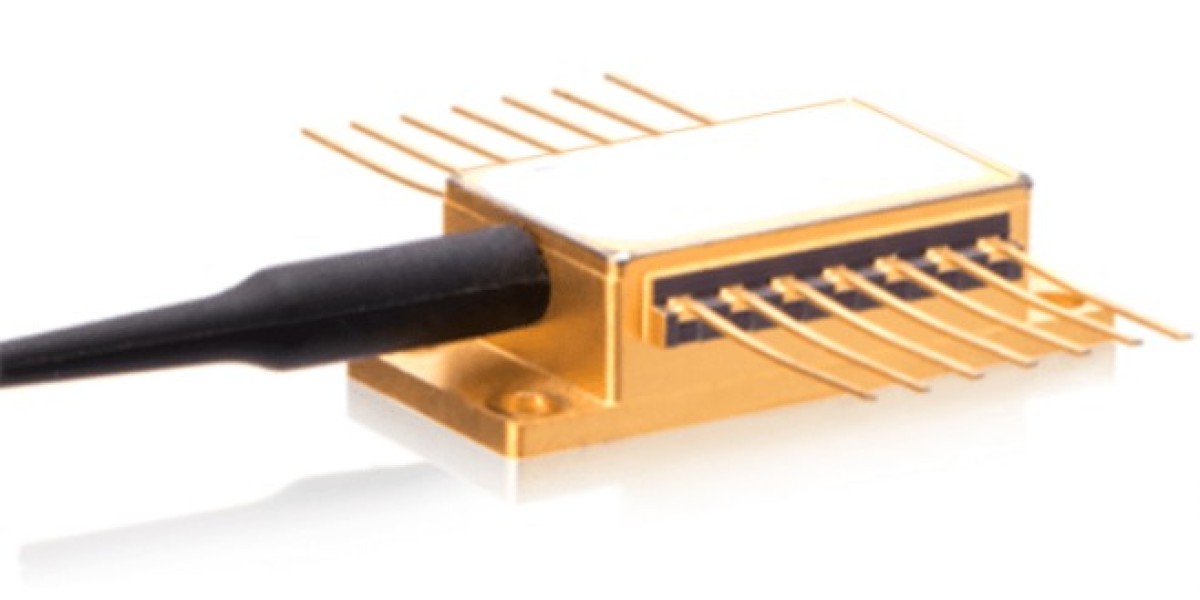In the realm of photonics and telecommunications, the demand for reliable and efficient optical components has never been higher. Among these essential components are DFB (Distributed Feedback) Butterfly Modules. These modules play a crucial role in various applications, including fiber optic communications, laser systems, and sensing technologies. In this blog, we will delve into the intricacies of DFB Butterfly Modules, their design, functionality, and applications.
What Are DFB Butterfly Modules?
DFB Butterfly Modules are specialized laser diodes enclosed in a butterfly-shaped package, which gets its name from the distinct shape of the casing. This configuration is designed to provide a compact and efficient way to house the laser diode while ensuring optimal thermal management and performance. The DFB design incorporates a periodic structure within the laser's active region, which allows for single-wavelength operation. This feature is essential for applications requiring high precision and stability.
Key Features of DFB Butterfly Modules
Single-Mode Operation: One of the standout features of DFB Butterfly Modules is their ability to operate in single-mode. This characteristic is vital for applications such as telecommunications, where maintaining signal integrity over long distances is crucial.
Temperature Control: These modules often come equipped with built-in thermoelectric coolers (TECs) to regulate temperature. Effective temperature management is essential for maintaining consistent performance and extending the module's lifespan.
High Output Power: DFB Butterfly Modules are designed to deliver high output power while minimizing noise, making them ideal for high-speed data transmission and precision sensing.
Wide Wavelength Range: These modules are available in various wavelengths, catering to different applications. Common wavelength ranges include 1310 nm and 1550 nm, which are widely used in optical communication networks.
How Do DFB Butterfly Modules Work?
The operation of DFB Butterfly Modules is based on the principles of semiconductor physics. When an electric current is applied to the laser diode, electrons and holes recombine in the active region, emitting photons. The DFB structure provides feedback by reflecting a portion of the light back into the active region, enhancing the light's intensity and allowing for single-wavelength output. The module's thermal management system ensures that the diode operates within optimal temperature ranges, preventing overheating and performance degradation.
Applications of DFB Butterfly Modules
Telecommunications: DFB Butterfly Modules are extensively used in fiber optic communication systems. Their ability to maintain signal integrity over long distances makes them a preferred choice for high-speed data transmission.
Sensing Technologies: These modules are also used in various sensing applications, such as environmental monitoring and industrial automation. Their precise wavelength control allows for accurate measurements of various parameters.
Medical Equipment: In the medical field, DFB Butterfly Modules are utilized in optical coherence tomography (OCT) systems and other imaging technologies, providing high-resolution images for diagnostic purposes.
Laser Systems: Many laser systems rely on DFB Butterfly Modules for their light source due to their stability and efficiency. This includes applications in manufacturing, research, and development.
Conclusion
DFB Butterfly Modules represent a significant advancement in laser technology, combining efficiency, reliability, and precision. As the demand for high-speed communication and advanced sensing technologies continues to grow, the importance of these modules will only increase. Whether you are involved in telecommunications, medical imaging, or industrial automation, understanding DFB Butterfly Modules and their capabilities can help you make informed decisions for your applications.








